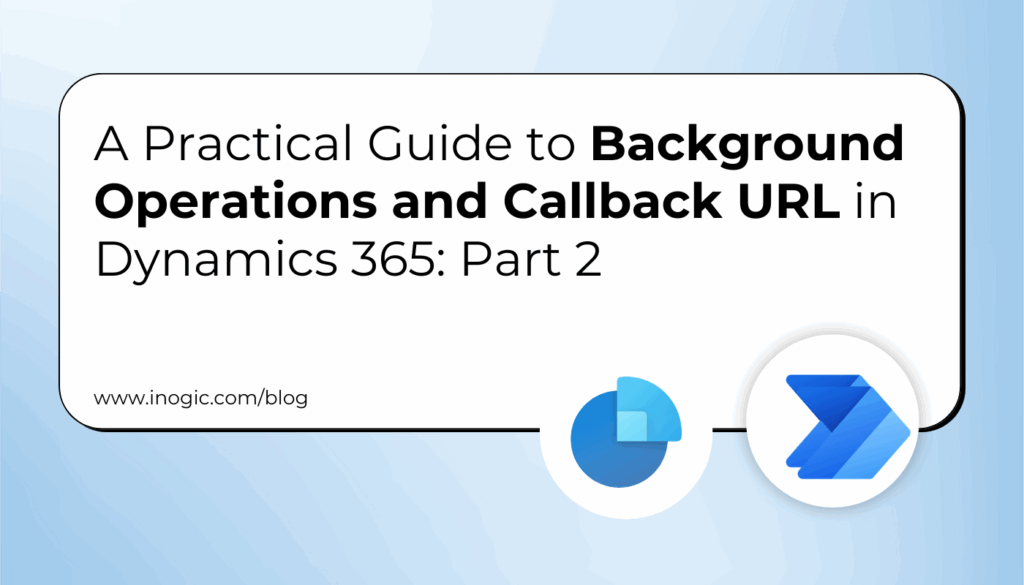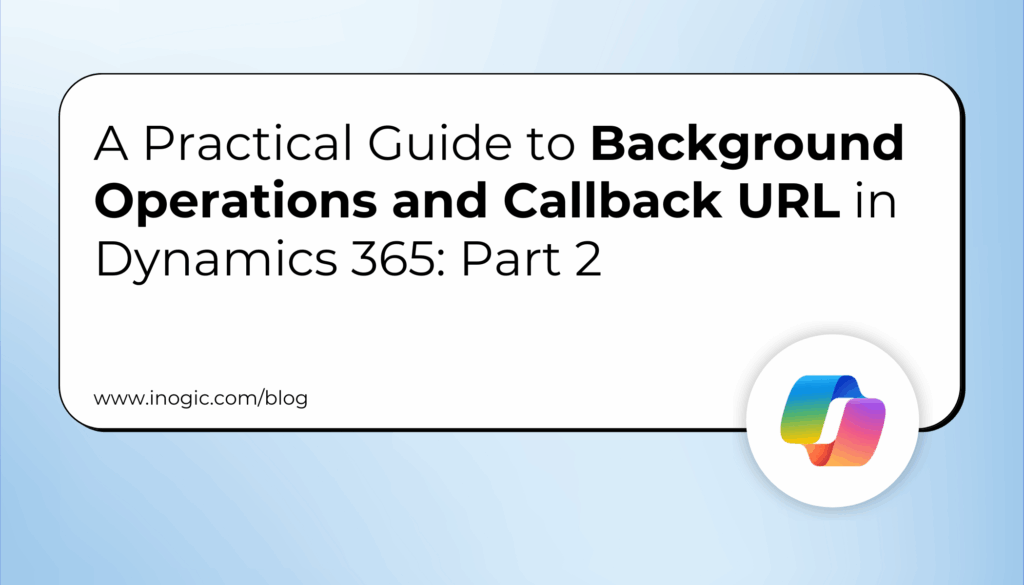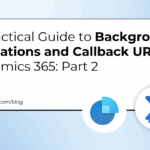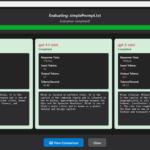Now Reading: Did the cost of Dynamics CRM 2013 go up?
-
01
Did the cost of Dynamics CRM 2013 go up?
Did the cost of Dynamics CRM 2013 go up?
This is the question I posed recently to Microsoft Execs. As a partner, I was informed about the new tiered pricing structure that is replacing the flat rate $44/user/month. The Microsoft team introduced three new licenses with Microsoft Dynamics CRM 2013 Online: Professional @ $65/user/mo, Basic @ $30/user/mo and Essential @ $15/user/mo. A quick glance at the advertised feature chart below led me to think that every user would end up needing the Professional license, in other words, just a price increase from $44 to $65.
When I saw Customer Service and Sales Automation only being available for Professional licenses, I thought, well that’s everybody. Microsoft assured me that this was not the case, but could not give me a good explanation at the time. So I decided to dig into it further on my own. It is interesting that part of Microsoft’s pitch for the new tiered structure is “simple-to-understand licensing”, yet they have trouble explaining it to a Partner.
One of the things Microsoft likes to do is simplify explanations. The need for this is obvious in public presentations to mostly uninformed consumers. The table above is a good example of this. We have similar “Feature” tables for Office 365 and SharePoint Online as well. Unfortunately, most of the time people make their license selections based on this summarized information. Another good example is the plan comparison charts for Office 365, at first glance the M Plan (Midsize) looks the same as the Enterprise E-3. What the high-level comparison chart forgets to mention is the lack of Access Services, Excel Services, Visio Services, Infopath support and many others. Having been caught by this summary view once myself in a client license recommendation, I decided to dig a little deeper. The summary above lists 10 “major” use rights, but after pouring though a lot of documentation I found there are actually 79, which I have detailed below.
Use Rights by Microsoft Dynamics CRM Online USL
The following table lists the use rights corresponding to the Client Access Licenses (CALs) that are available in Microsoft Dynamics CRM 2013 and User Subscription Licenses (USLs) available in Microsoft Dynamics CRM Online.
[custom_table]
| Use Right | Professional | Basic | Essential |
|---|---|---|---|
| View Announcements | ✔ | ✔ | ✔ |
| Manage saved views | ✔ | ✔ | ✔ |
| Use relationships between records | ✔ | ✔ * | ✔ * |
| Create personal views | ✔ | ✔ | ✔ * |
| Advanced Find search | ✔ | ✔ | ✔ * |
| Search | ✔ | ✔ | ✔ * |
| Use a queue item | ✔ | ✔ * | ✔ * |
| Export data to Microsoft Excel | ✔ | ✔ | ✔ |
| Perform Mail Merge | ✔ | ✔ | ✔ |
| Start dialog | ✔ | ✔ * | ✔ * |
| Run as an On-demand process | ✔ | ✔ * | ✔ * |
| Run an automated workflow Read articles | ✔ | ✔ * | ✔ * |
| Notes | ✔ | ✔ | ✔ |
| Activity management | ✔ | ✔ | ✔ |
| Yammer collaboration** | ✔ | ✔ | ✔ |
| Post activity feeds | ✔ | ✔ | ✔ |
| Follow activity feeds | ✔ | ✔ | ✔ |
| Shared calendar | ✔ | ✔ | ✔ |
| Write custom entity records | ✔ | ✔ | ✔ |
| Read custom application data | ✔ | ✔ | ✔ |
| Microsoft Dynamics CRM Mobile Express | ✔ | ✔ | ✔ |
| Microsoft Dynamics CRM for iPad & Windows 8 | ✔ | ✔ | ✔ |
| Microsoft Dynamics CRM for Outlook | ✔ | ✔ | ✔ |
| Microsoft Dynamics CRM Web application | ✔ | ✔ | ✔ |
| Manage user reports, user charts, and user dashboards | ✔ | ✔ | X |
| Run reports | ✔ | ✔ | X |
| Create, update, and customize Reports | ✔ | ✔ | X |
| Create and update announcements | ✔ | ✔ | X |
| Read Dynamics CRM application data | ✔ | ✔ | X |
| User dashboards | ✔ | ✔ | X |
| User charts | ✔ | ✔ | X |
| User Interface Integration for Microsoft Dynamics CRM | ✔ | ✔ | X |
| Convert an activity to a case | ✔ | ✔ | X |
| Case management | ✔ | ✔ | X |
| Add or remove a customer relationship for a contact | ✔ | ✔ | X |
| Associate an opportunity with a contact | ✔ | ✔ | X |
| Qualify and convert a lead to a contact | ✔ | ✔ | X |
| Contacts | ✔ | ✔ | X |
| Lead scoring, routing, assignment | ✔ | ✔ | X |
| Lead capture | ✔ | ✔ | X |
| Add or remove a customer relationship for an account | ✔ | ✔ | X |
| Associate an opportunity with an account | ✔ | ✔ | X |
| Qualify and convert a lead to an account | ✔ | ✔ | X |
| Accounts | ✔ | ✔ | X |
| Import data in bulk | ✔ | X | X |
| Configure auditing | ✔ | X | X |
| Configure duplicate-detection rules | ✔ | X | X |
| Define relationships between entities | ✔ | X | X |
| Define and configure queues | ✔ | X | X |
| Define and configure dialogs | ✔ | X | X |
| Define and configure workflows | ✔ | X | X |
| System reports, system charts, and system dashboards | ✔ | X | X |
| Customize forms and views | ✔ | X | X |
| Create Microsoft Dynamics CRM forms, entities, and fields | ✔ | X | X |
| Administer CRM | ✔ | X | X |
| Article templates | ✔ | X | X |
| Create and publish articles | ✔ | X | X |
| Goal management | ✔ | X | X |
| Contract templates | ✔ | X | X |
| Contract management | ✔ | X | X |
| Territory management | ✔ | X | X |
| Sales literature | ✔ | X | X |
| Quote management | ✔ | X | X |
| Price lists | ✔ | X | X |
| Product tracking | ✔ | X | X |
| Order management | ✔ | X | X |
| Invoice management | ✔ | X | X |
| Competitor tracking | ✔ | X | X |
| Qualify and convert a lead to an opportunity | ✔ | X | X |
| Convert an activity to an opportunity | ✔ | X | X |
| Opportunity tracking | ✔ | X | X |
| Marketing lists | ✔ | X | X |
| Quick campaigns | ✔ | X | X |
| Marketing campaigns | ✔ | X | X |
| Facility/Equipment management | ✔ | X | X |
| Define and configure business units | ✔ | X | X |
| Define and configure teams | ✔ | X | X |
| Define and configure services, resources and workhours | ✔ | X | X |
| *Actions can be performed only against records corresponding to entities included in the use rights**Requires a Yammer Enterprise license (acquired separately) |
[/custom_table]
While the above table certainly adds quite a bit of information to the selection process, it creates as many new questions as it answers. For me the most important question is what exactly can an Essential or Basic user do? Where is says for example “Marketing Lists”, does this mean that only a Professional user can what? See them, create them, modify them, use them? I dunno, but I do know there is a difference that I will need to understand better.
The Partners’ new role as Online Licensing Consultants
The “safe” path for Partners is simply to recommend to their clients that they should just get Professional Licenses for everybody; it’s even the “Recommended” choice on the Microsoft Summary. Partners will also make more money… sounds like a win-win. A win for Microsoft and a win for the Partner… but its a lose for the client. For every Professional Licensed user, who could have functioned properly with an Essential License, a client is throwing away $50/month. How would this work out for say a call center client with 100 operators? $60K per year that client did not need to pay. Moving from a flat $44/month to this tiered structure means a Partner actually has to understand your business and what your users actually do rather than just how many of them there are. So add another item to the list of skills a Cloud Partner has to have today, because things just got a lot more complicated.
I will say that even at the $65 Professional license, Dynamics CRM Online is still a significantly better value than Salesforce.com and I am working on a future post to substantiate that claim.This is the question I posed recently to Microsoft Execs. As a partner, I was informed about the new tiered pricing structure that is replacing the flat rate $44/user/month. The Microsoft team introduced three new licenses with Microsoft Dynamics CRM 2013 Online: Professional @ $65/user/mo, Basic @ $30/user/mo and Essential @ $15/user/mo. A quick glance at the advertised feature chart below led me to think that every user would end up needing the Professional license, in other words, just a price increase from $44 to $65.
When I saw Customer Service and Sales Automation only being available for Professional licenses, I thought, well that’s everybody. Microsoft assured me that this was not the case, but could not give me a good explanation at the time. So I decided to dig into it further on my own. It is interesting that part of Microsoft’s pitch for the new tiered structure is “simple-to-understand licensing”, yet they have trouble explaining it to a Partner.
One of the things Microsoft likes to do is simplify explanations. The need for this is obvious in public presentations to mostly uninformed consumers. The table above is a good example of this. We have similar “Feature” tables for Office 365 and SharePoint Online as well. Unfortunately, most of the time people make their license selections based on this summarized information. Another good example is the plan comparison charts for Office 365, at first glance the M Plan (Midsize) looks the same as the Enterprise E-3. What the high-level comparison chart forgets to mention is the lack of Access Services, Excel Services, Visio Services, Infopath support and many others. Having been caught by this summary view once myself in a client license recommendation, I decided to dig a little deeper. The summary above lists 10 “major” use rights, but after pouring though a lot of documentation I found there are actually 79, which I have detailed below.
Use Rights by Microsoft Dynamics CRM Online USL
The following table lists the use rights corresponding to the Client Access Licenses (CALs) that are available in Microsoft Dynamics CRM 2013 and User Subscription Licenses (USLs) available in Microsoft Dynamics CRM Online.
[custom_table]
| Use Right | Professional | Basic | Essential |
|---|---|---|---|
| View Announcements | ✔ | ✔ | ✔ |
| Manage saved views | ✔ | ✔ | ✔ |
| Use relationships between records | ✔ | ✔ * | ✔ * |
| Create personal views | ✔ | ✔ | ✔ * |
| Advanced Find search | ✔ | ✔ | ✔ * |
| Search | ✔ | ✔ | ✔ * |
| Use a queue item | ✔ | ✔ * | ✔ * |
| Export data to Microsoft Excel | ✔ | ✔ | ✔ |
| Perform Mail Merge | ✔ | ✔ | ✔ |
| Start dialog | ✔ | ✔ * | ✔ * |
| Run as an On-demand process | ✔ | ✔ * | ✔ * |
| Run an automated workflow Read articles | ✔ | ✔ * | ✔ * |
| Notes | ✔ | ✔ | ✔ |
| Activity management | ✔ | ✔ | ✔ |
| Yammer collaboration** | ✔ | ✔ | ✔ |
| Post activity feeds | ✔ | ✔ | ✔ |
| Follow activity feeds | ✔ | ✔ | ✔ |
| Shared calendar | ✔ | ✔ | ✔ |
| Write custom entity records | ✔ | ✔ | ✔ |
| Read custom application data | ✔ | ✔ | ✔ |
| Microsoft Dynamics CRM Mobile Express | ✔ | ✔ | ✔ |
| Microsoft Dynamics CRM for iPad & Windows 8 | ✔ | ✔ | ✔ |
| Microsoft Dynamics CRM for Outlook | ✔ | ✔ | ✔ |
| Microsoft Dynamics CRM Web application | ✔ | ✔ | ✔ |
| Manage user reports, user charts, and user dashboards | ✔ | ✔ | X |
| Run reports | ✔ | ✔ | X |
| Create, update, and customize Reports | ✔ | ✔ | X |
| Create and update announcements | ✔ | ✔ | X |
| Read Dynamics CRM application data | ✔ | ✔ | X |
| User dashboards | ✔ | ✔ | X |
| User charts | ✔ | ✔ | X |
| User Interface Integration for Microsoft Dynamics CRM | ✔ | ✔ | X |
| Convert an activity to a case | ✔ | ✔ | X |
| Case management | ✔ | ✔ | X |
| Add or remove a customer relationship for a contact | ✔ | ✔ | X |
| Associate an opportunity with a contact | ✔ | ✔ | X |
| Qualify and convert a lead to a contact | ✔ | ✔ | X |
| Contacts | ✔ | ✔ | X |
| Lead scoring, routing, assignment | ✔ | ✔ | X |
| Lead capture | ✔ | ✔ | X |
| Add or remove a customer relationship for an account | ✔ | ✔ | X |
| Associate an opportunity with an account | ✔ | ✔ | X |
| Qualify and convert a lead to an account | ✔ | ✔ | X |
| Accounts | ✔ | ✔ | X |
| Import data in bulk | ✔ | X | X |
| Configure auditing | ✔ | X | X |
| Configure duplicate-detection rules | ✔ | X | X |
| Define relationships between entities | ✔ | X | X |
| Define and configure queues | ✔ | X | X |
| Define and configure dialogs | ✔ | X | X |
| Define and configure workflows | ✔ | X | X |
| System reports, system charts, and system dashboards | ✔ | X | X |
| Customize forms and views | ✔ | X | X |
| Create Microsoft Dynamics CRM forms, entities, and fields | ✔ | X | X |
| Administer CRM | ✔ | X | X |
| Article templates | ✔ | X | X |
| Create and publish articles | ✔ | X | X |
| Goal management | ✔ | X | X |
| Contract templates | ✔ | X | X |
| Contract management | ✔ | X | X |
| Territory management | ✔ | X | X |
| Sales literature | ✔ | X | X |
| Quote management | ✔ | X | X |
| Price lists | ✔ | X | X |
| Product tracking | ✔ | X | X |
| Order management | ✔ | X | X |
| Invoice management | ✔ | X | X |
| Competitor tracking | ✔ | X | X |
| Qualify and convert a lead to an opportunity | ✔ | X | X |
| Convert an activity to an opportunity | ✔ | X | X |
| Opportunity tracking | ✔ | X | X |
| Marketing lists | ✔ | X | X |
| Quick campaigns | ✔ | X | X |
| Marketing campaigns | ✔ | X | X |
| Facility/Equipment management | ✔ | X | X |
| Define and configure business units | ✔ | X | X |
| Define and configure teams | ✔ | X | X |
| Define and configure services, resources and workhours | ✔ | X | X |
| *Actions can be performed only against records corresponding to entities included in the use rights**Requires a Yammer Enterprise license (acquired separately) |
[/custom_table]
While the above table certainly adds quite a bit of information to the selection process, it creates as many new questions as it answers. For me the most important question is what exactly can an Essential or Basic user do? Where is says for example “Marketing Lists”, does this mean that only a Professional user can what? See them, create them, modify them, use them? I dunno, but I do know there is a difference that I will need to understand better.
The Partners’ new role as Online Licensing Consultants
The “safe” path for Partners is simply to recommend to their clients that they should just get Professional Licenses for everybody; it’s even the “Recommended” choice on the Microsoft Summary. Partners will also make more money… sounds like a win-win. A win for Microsoft and a win for the Partner… but its a lose for the client. For every Professional Licensed user, who could have functioned properly with an Essential License, a client is throwing away $50/month. How would this work out for say a call center client with 100 operators? $60K per year that client did not need to pay. Moving from a flat $44/month to this tiered structure means a Partner actually has to understand your business and what your users actually do rather than just how many of them there are. So add another item to the list of skills a Cloud Partner has to have today, because things just got a lot more complicated.
I will say that even at the $65 Professional license, Dynamics CRM Online is still a significantly better value than Salesforce.com and I am working on a future post to substantiate that claim.
The post Did the cost of Dynamics CRM 2013 go up? first appeared on Steve Mordue MVP.
















